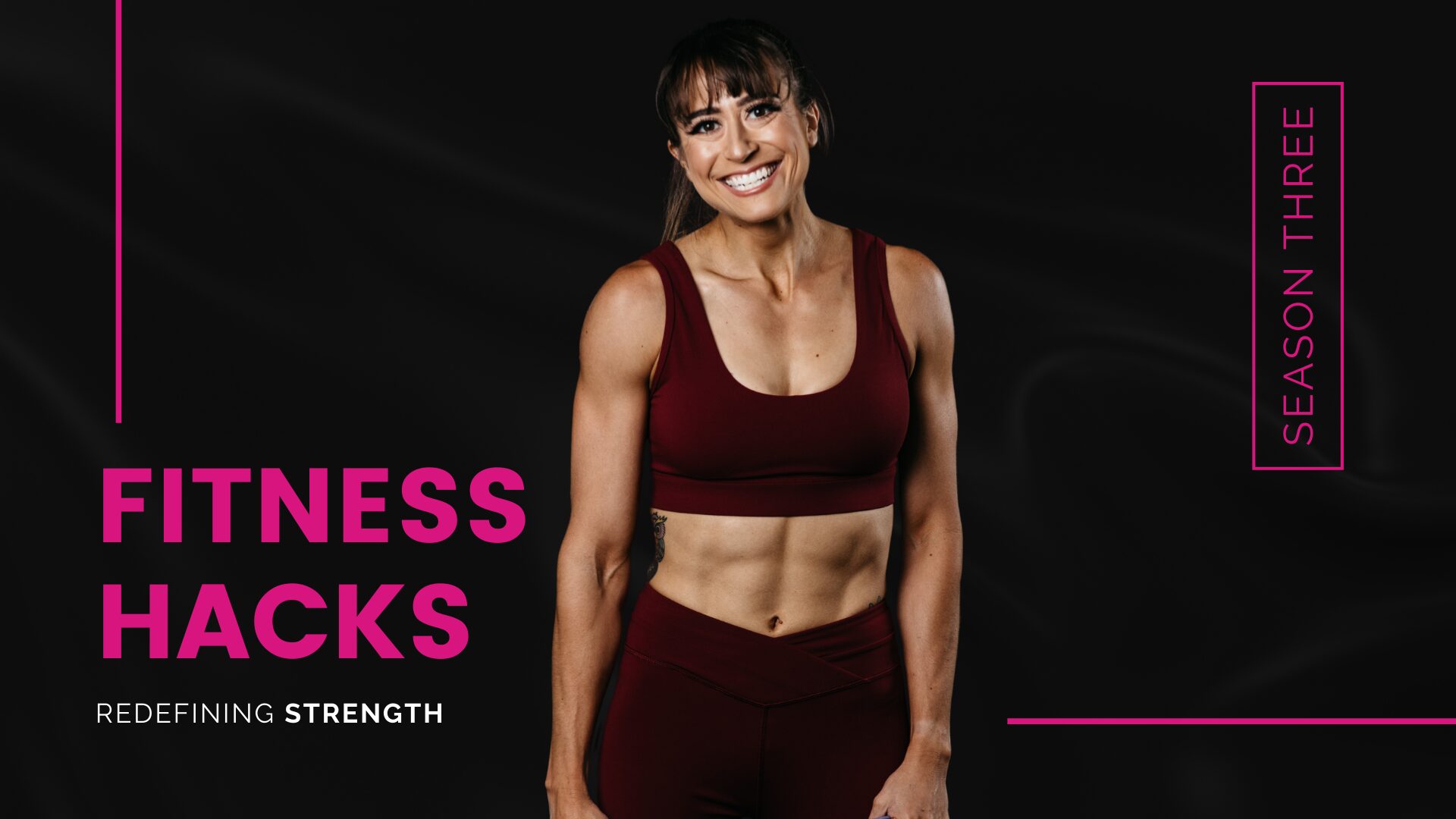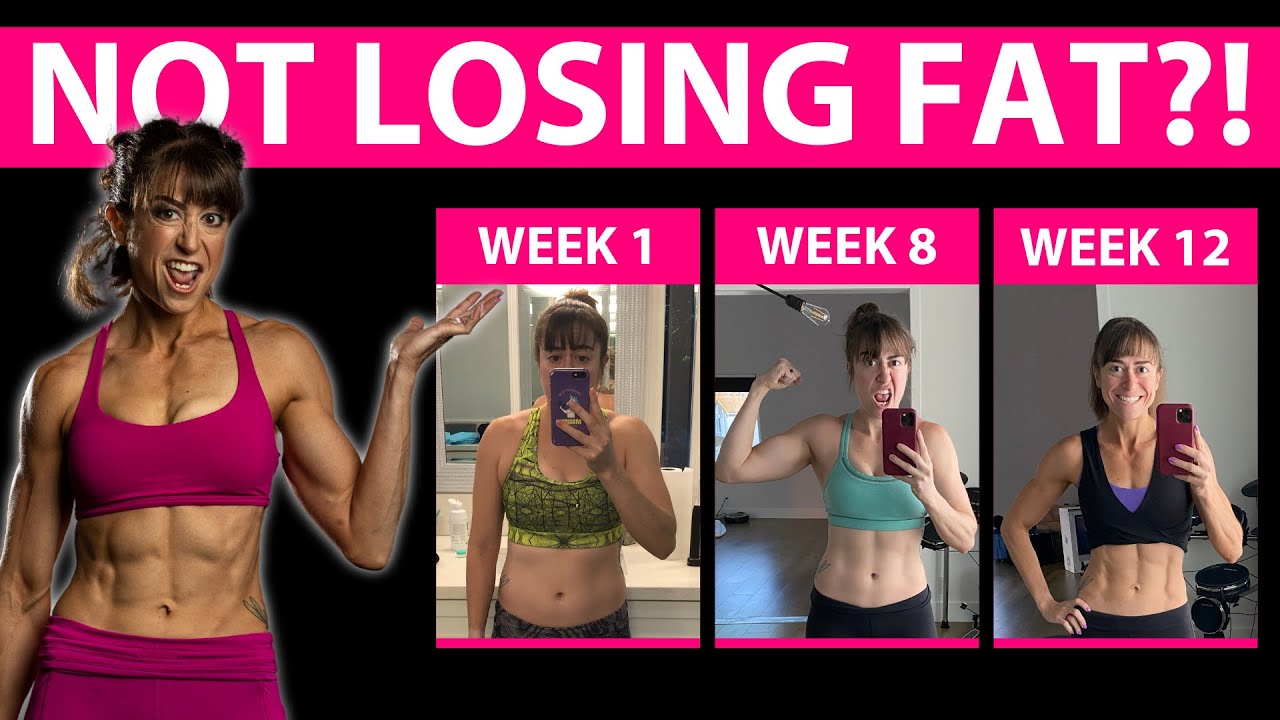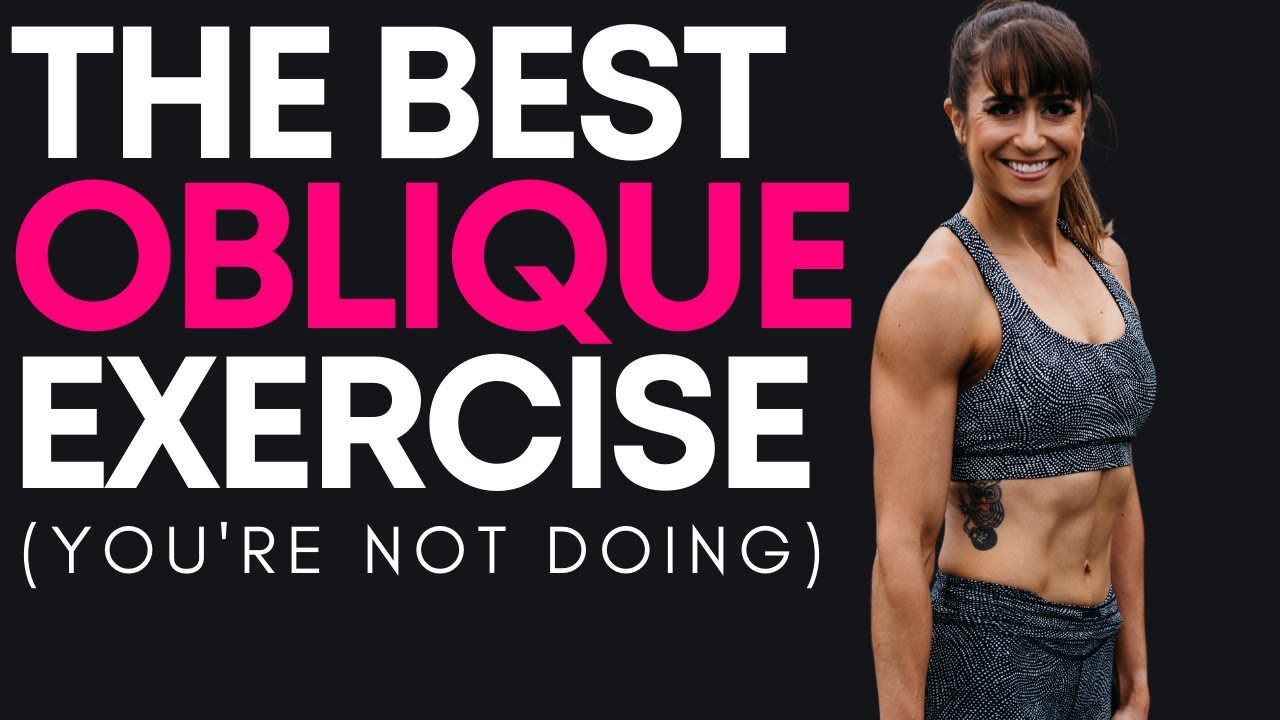
FHP 351 – New Year, Same Old You?
Well I’m about to give you a dose of reality.
It’s a new year…but it’s still the same old YOU.
So often I know we go in feeling like everything is just going to change because it’s this magical new year.
And then…well…nothing does.
Because we are still us.
We’re still looking at the same thing from the same angle. We’re still expecting dramatic results while often falling back into the same old habits we repeat each year…
It’s a cycle I’ve seen happen time and time again…it’s one of extreme restriction…followed by rebellion…followed by little habits sliding until we are not only back where we started and frustrated or even worse off than were we were coming into the New Year.
It’s why slowly over the years the weight creeps on (or the injuries add up) and we then wonder why it’s so hard to dig ourselves out of the hole.
And then we blame our “age” when it really isn’t that number that makes the difference…
Let’s face it…
A. We get less active often as we get older. Desk jobs, car commutes…too many of us don’t move enough during the day, especially now with so many of us working from home.
And B. We repeat this horrible holiday weight gain cycle that creates metabolic adaptions that make it harder and harder to lose the weight we gain over the years.
That’s why I wanted to highlight exactly how the weight gain happens with this cycle…
Over the holidays, many of us gain weight.
Let’s just say it’s even 5lbs that we gain between inconsistent workouts and all the partying and holiday fun.
We feel blah about it and decide to do something in the New Year.
Heck we may have even let a few of those pounds creep on because we knew we were going to “diet” in the New Year anyway.
So we go into the New Year up 5lbs.
We then are super motivated to make a change so we slash our calories super low, train harder, restrict the foods we love…all to lose the weight as fast as possible.
We do those oh so tempting fad diets…or fad diets disguised far too often as “lifestyles.”
And we do lose the 5lbs.
But the habits aren’t sustainable. And over the Summer, with travel and vacations, we regain one to two of those pounds we lost.
We just couldn’t keep cutting out everything we loved and training so much.
So with these 2lbs on, we go into the next holiday season.
And again….
We gain the holiday 5.
But this year going into the New Year, we are now up 7lbs.
Again we are motivated in the New Year to make a change and we go after that quick fix.
But this time, we only lose 5 of the 7lbs.
We go into the rest of the year already up two. And over the Summer, we again gain 1 pound.
This next holiday season we’re now up 3lbs to start.
And if we gain that same holiday 5, we’re now up 8lbs to start the next year!
Slowly over time those pounds creep on while we’re even working SUPER FREAKING HARD each year to get them off.
It’s frustrating as all get out!
And each year the struggle becomes harder and harder because we’ve not only had the weight on for longer, but our previous dieting practices to get the weight off as quickly as possible have now BACKFIRED.
In trying to lose weight quickly, we’ve lost muscle mass. Muscle we don’t regain when we regain the weight.
And that means often our body composition becomes worse and worse each time we regain the weight.
This also means metabolic adaptations.
Our body adjusts so that it actually burns less fuel at rest. This means we have to keep cutting calories lower and lower to lose as we’ve even trained our bodies’ to NEED LESS.
This only leads to us often more easily regaining the weight, not to mention creating hormonal imbalances that make it harder and harder to lose again.
On top of all of this, the longer we have the weight on, the more our bodies don’t want to lose it!
Our body wants to maintain balance.
And whatever weight we have been at for longer is NORMAL to it. It doesn’t want to change from that so it fights more and more against the changes to maintain balance.
It’s why the weight seems to take longer and longer to come off.
With all of this, it totally makes sense why things just are so freaking frustrating and become more and more frustrating over the years.
But NOW is the time to stop this cycle.
Learn how to create sustainable habits and achieve the lasting results you want.
Because who really wants to work super hard for results that last a week or a month?
HECK NO.
We want results that last for years, that truly do last the rest of our life.
So this year, take this step back to see this cycle.
Don’t start this New Year with unsustainable habits. Create habits that will last




